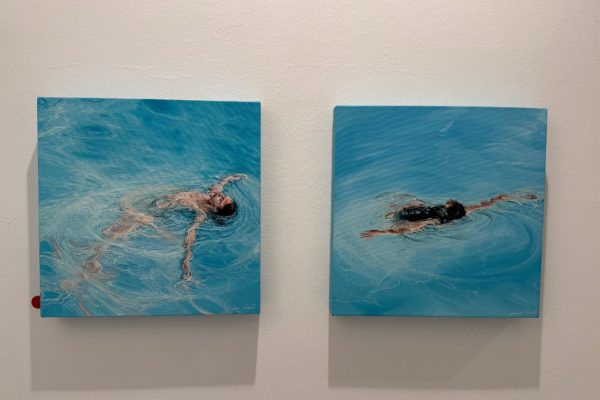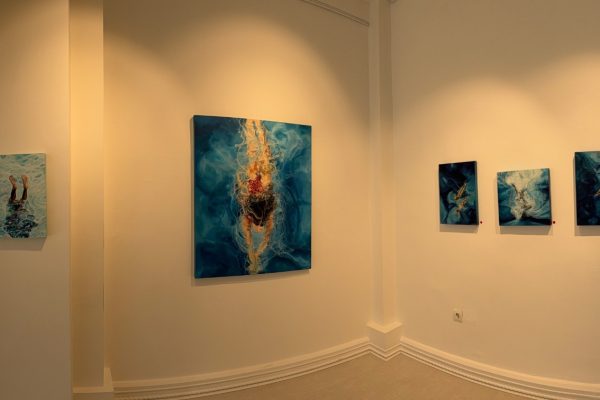From past to present, nearly every society has attributed a sense of sacredness to water; however, this sanctity has manifested in various forms depending on the time and culture. Especially in early societies, where individuals lived in constant interaction with the sacred, water was not only a source of life but also a natural element imbued with ritual power and layered meanings
The Relationship Between the Female Body and Water
About the Exhibition
Water has been regarded as a force that creates, destroys, cleanses sins, grants eternal life, and ensures abundance. These sacred attributes assigned to water have laid the foundation for shared beliefs and symbols across the world. Beyond being a physical element, water has played a vital role in shaping the intellectual and cultural structures of societies through its metaphorical and symbolic meanings.
One of the driving forces behind the emergence of these universal ideas and motifs is art itself. Through cultural images and symbols, art reflects human existence, nature, and societal structures.
In this context, the female body, as an object of art, has been continuously depicted through various metaphors and archetypes.
The roles attributed to the female body by time and space have made it a figure bearing both social and political meanings. It has been portrayed as both sacred and earthly, both virtuous and sinful. Within these multiple meanings, the contradictions and dualities surrounding the body reveal the ‘difference’ between its essence and appearance. This difference brings forth the issue of the ‘gap’ between fiction and truth in art’s relationship with reality
Throughout history, the female body has played a role in reflecting, carrying, and transforming the ideological and cultural structures of societies. It is not merely a physical entity but one shaped by social and cultural forces. Under the influence of religious, mystical, political, and ideological views, the female body has become one of the most intensely shaped and controlled domains within society. As a result, it has become a stage for both the struggle for liberation and the imposition of limitations over time.






